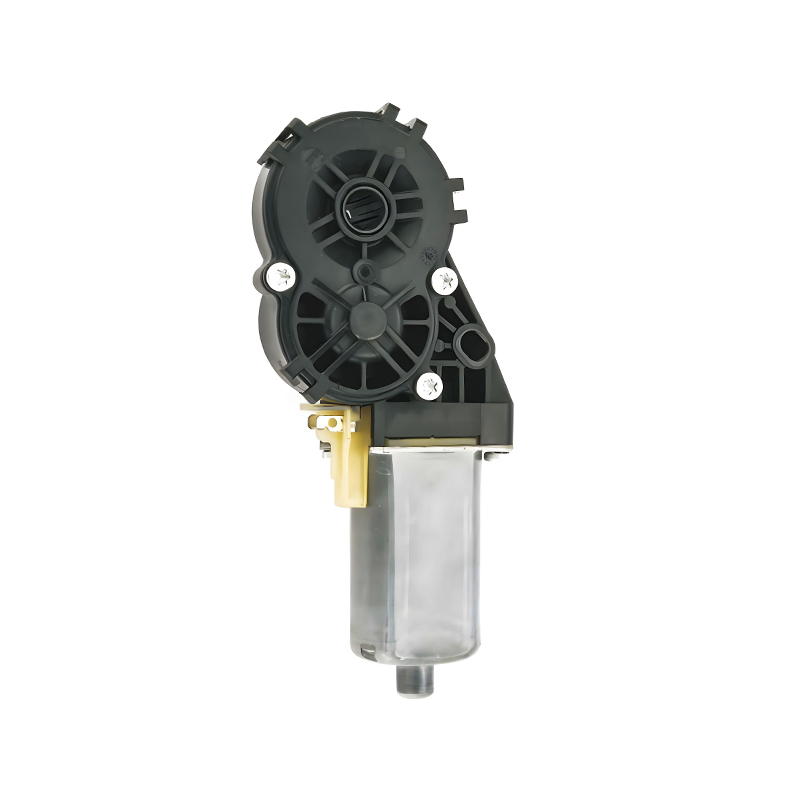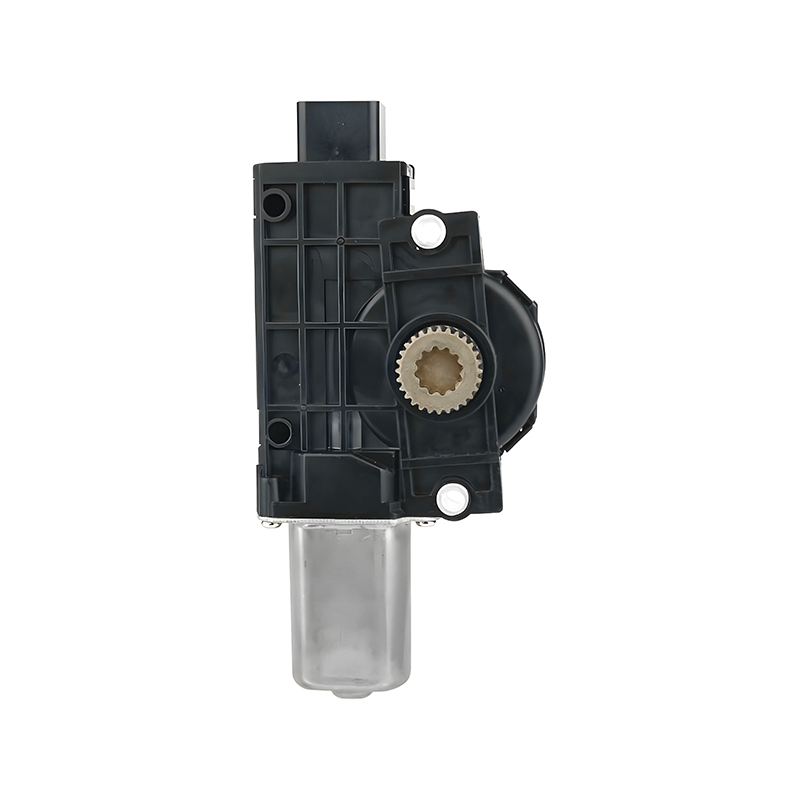Voltage fluctuation is a common occurrence in vehicles. It can happen due to aging batteries, sudden power demands, or environmental conditions like cold weather. When voltage levels drop, motors may lose torque, stall, or operate inconsistently. This can directly impact the function of a car window lifter, which needs to move the window glass smoothly and safely. A delayed or uneven response can cause user frustration or even mechanical wear over time. Similarly, the front window wiper motor must maintain consistent movement to ensure clear visibility, especially during heavy rain or snow.


Recent motor design improvements have focused on maintaining performance stability despite such fluctuations. This involves optimizing both the electronic control unit (ECU) and the internal architecture of the motor itself. Brush and coil materials are selected for their ability to maintain magnetic flux even under reduced voltage, while control algorithms are designed to compensate for load variance and ensure uninterrupted operation.
In the case of a car window lifter, this stability becomes evident during frequent stop-and-go driving, where the engine might idle and voltage may vary significantly. A well-engineered motor system can continue to operate the window smoothly without lag or noise spikes. Drivers expect consistent behavior regardless of whether they're using the system during engine start, while idling at a red light, or in motion. Thanks to refined power compensation circuits and internal voltage regulation, modern window lifter motors can now maintain a uniform speed curve, improving both safety and user experience.
The front window wiper motor faces a different set of challenges. Its operation is often continuous and under load from water resistance, ice buildup, or worn wiper blades. Voltage fluctuation in such cases could cause the wipers to move slowly, intermittently, or stop altogether. To address this, the motor's torque curve is calibrated with margin to handle lower voltages while still keeping the arms moving steadily. Moreover, thermal management and low-friction component design help reduce power loss within the system, allowing the front window wiper motor to run efficiently even in demanding conditions.
Testing across a range of simulated driving environments has shown that consistent motor output is possible through refined control logic. Both car window lifter and front window wiper motor assemblies are now developed with built-in feedback systems that monitor operating voltage and adjust motor response in real time. This proactive approach not only protects the motor from stress but also ensures predictable performance, reducing the chance of failures during critical moments.
Another key factor in maintaining output stability is the use of low-resistance wiring and connectors. In compact car designs, longer wire runs or subideal grounding can advance to voltage drops that affect motor behavior. With less resistance across the circuit, the car window lifter motor receives cleaner, more stable power. Likewise, the front window wiper motor benefits from a consistent current supply, avoiding slow starts or noisy transitions between speed settings.
From a user's perspective, these improvements may go unnoticed—which is precisely the goal. A car window lifter that quietly does its job regardless of battery condition or a front window wiper motor that keeps working smoothly in a downpour contributes to a seamless driving experience. The end result is a vehicle system that performs reliably in real-world conditions, even when the electrical environment isn't ideal.
As vehicles continue to evolve toward electrification and more complex networks, maintaining motor stability under variable voltage will remain a key focus. Whether it's the precise motion of a car window lifter or the endurance of a front window wiper motor, stable performance starts with thoughtful design, rigorous testing, and smart integration.
Your email address will not be published. Required field are marked*